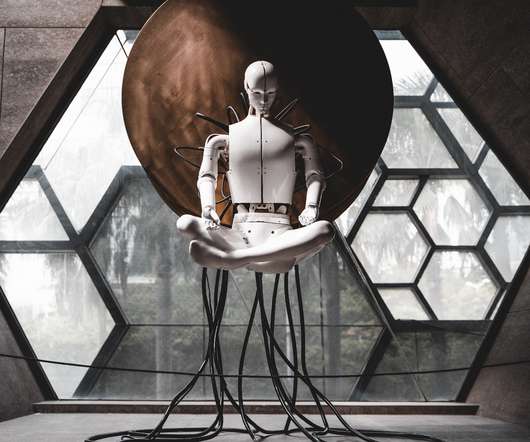Intellectual Property Law and Competition Law: Conflicting or Complementing
IIPRD
JANUARY 18, 2024
Introduction If we take a broader look at the Intellectual Property Laws, the primary objective of the legislation in framing these laws is to provide exclusive rights to the IP right holder as against the entire world. In contrast, the CCI has the authority to decide upon all the happenings in the market.














Let's personalize your content